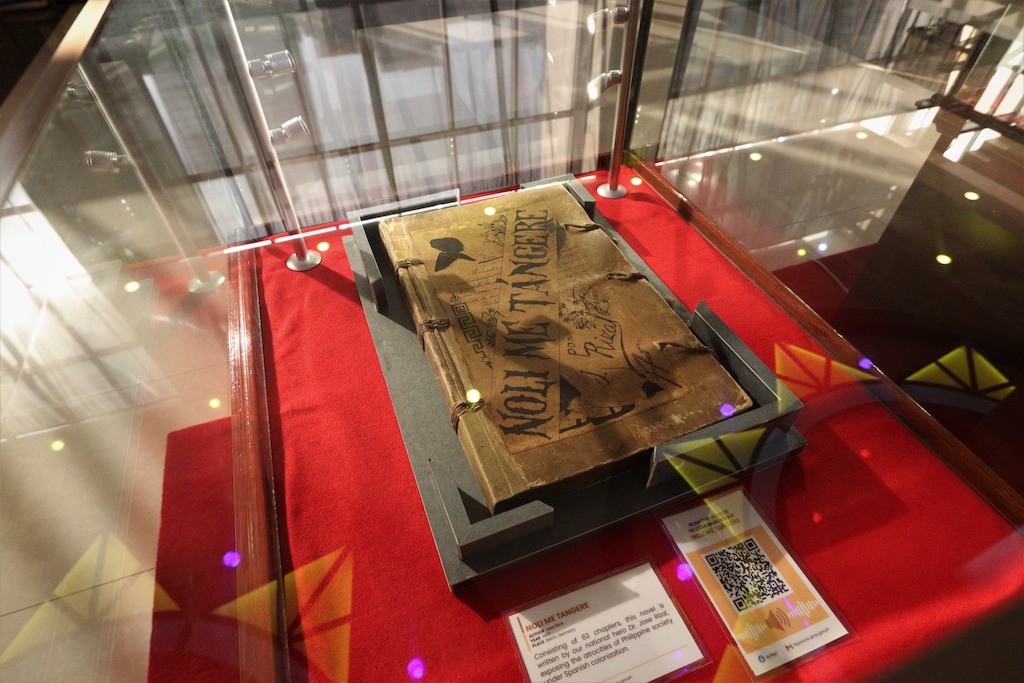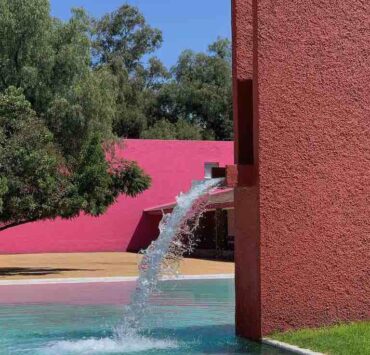Dr. Jose Rizal’s 18th-century oeuvre is having a resurgence thanks to an adaptation by a local TV station, a historical portal fantasy series called “Maria Clara at Ibarra.” And while adapting literary works for television has its fair share of pitfalls, the general consensus is that the series is worth seeing especially for the youth who may have had a different appreciation of its text “Noli Me Tángere” in school, where it is required reading for high school students.
[READ on Scout: Different eras, same social issues: ‘Maria Clara at Ibarra’ just proves that we’re not *truly* free from our past]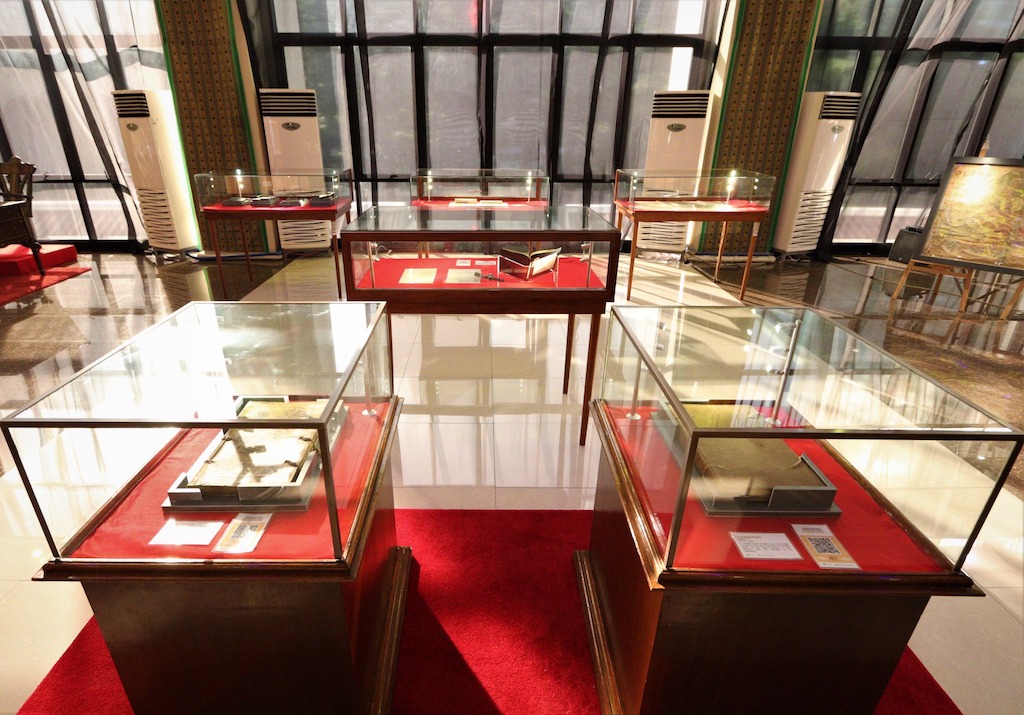
If you’re one of those whose interest in Noli and El Fili was piqued once more because of the series, you might want to also catch this new exhibit at the National Library of the Philippines (NLP).
In celebration of the 32nd Library and Information Services Month, the National Library has opened its exhibit of rare books and manuscripts to the public, free of charge. Located at the 2nd floor lobby of the NLP Building at T.M. Kalaw St., Ermita, Manila, the exhibit features rare books, photographs, maps, and memorabilia.
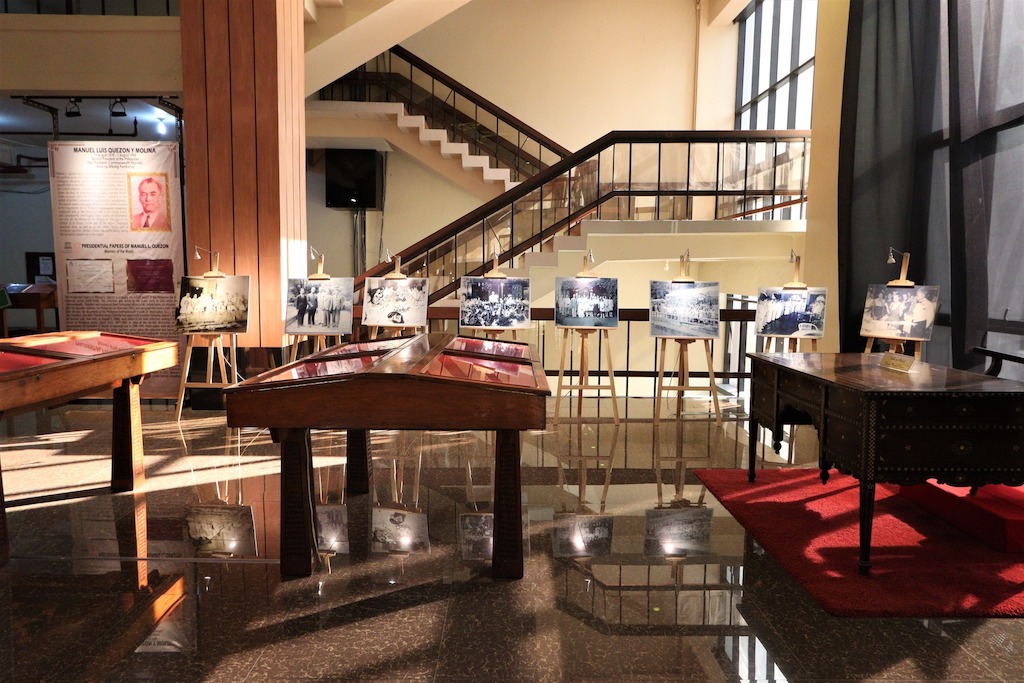
Among these are the original manuscripts of Rizal’s “Noli Me Tángere” and “El Filibusterismo” as well as his last known written work, a poem called “Mi Ultimo Adios.”
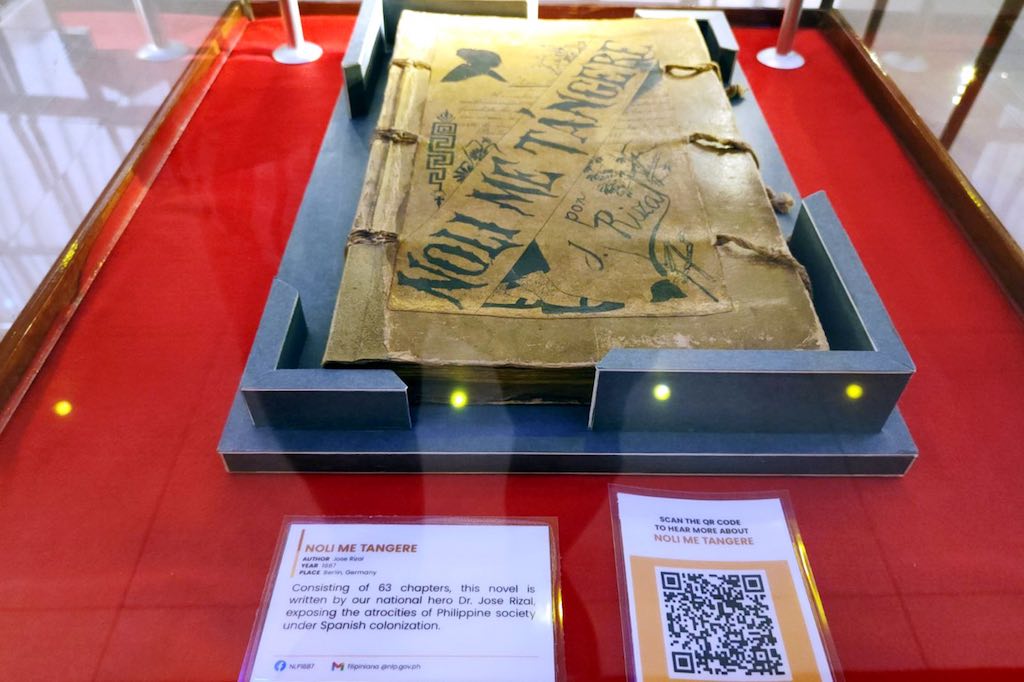
The exhibit, which will run up to November 29, also enables visitors with vision impairment to experience and take in the contents of the books and other items through an audio guide. It’s accessible through a QR code, which can be scanned to hear the accompanying description.
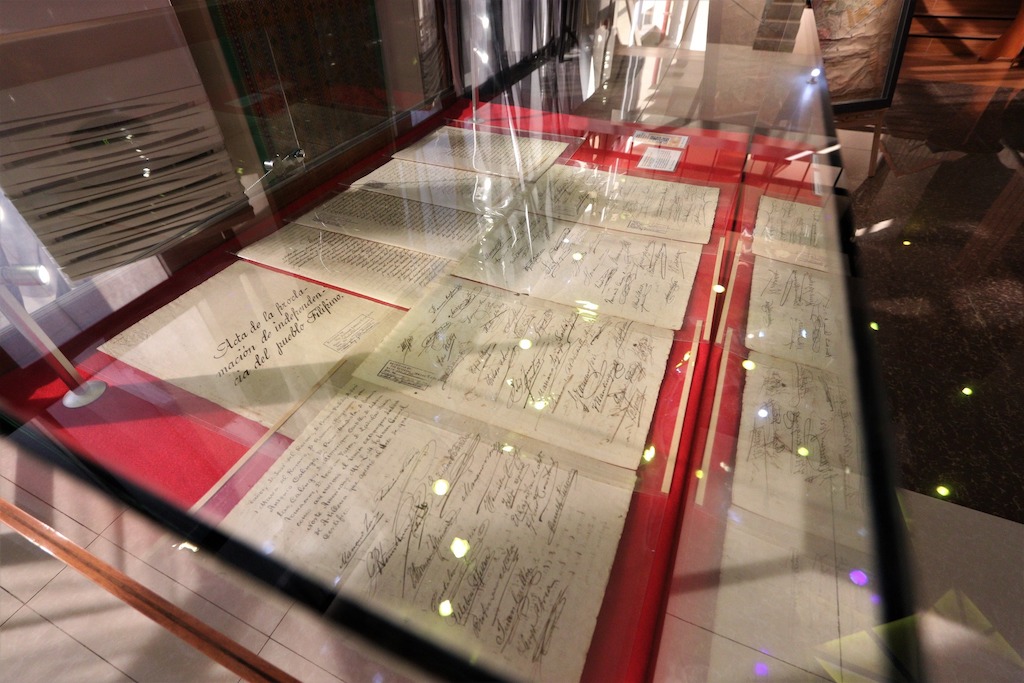
Other memorabilia included in the exhibit are photographs and documents from President Manuel L. Quezon’s collection, which was recognized as a United Nations Educational, Scientific and Cultural Organization (UNESCO) Memory of the World. The UN program aims to preserve the world’s documentary heritage, particularly in areas affected by conflict and/or natural disasters for universal access and enhanced public awareness.


